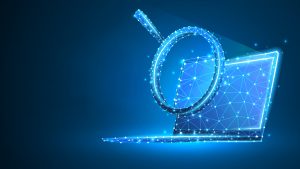Observability requires insight into metrics, traces, and logs.
Observability stems from control theory and is a measure of how well internal states of a system can be inferred from knowledge of its external outputs. If something is observable, then you can understand the internal state of the system from what you can see. In simple terms, once you are paying attention to those critical metrics then the system you’re observing is controllable and optimizable. Observability pertains to monitoring the things that matter, and that you can control, related to understanding the system that you’re using or deploying. Unlike transparency, which often gives you a set of data you have no control over, observability is the domain of things that inform you about the behavior of a system, versus just monitoring that system.
The concept of observability was introduced by American-Hungarian scientist Rudolf E. Kalman for linear dynamic systems.





